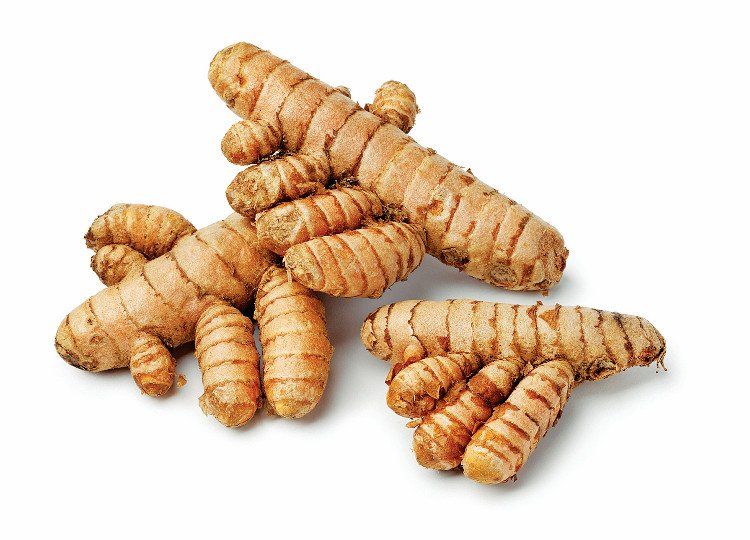Turmeric prebiotic ingredient debuts at SupplySide West 2019
The new ingredient is called Starmeric, and it offers a new use for this superstar herb, which until now has been best known for the health benefits of its active ingredient curcumin.
Photo © iStockphoto.com/PicturePartners

A prebiotic ingredient derived from turmeric (Curcuma longa) debuted from turmeric specialist Sabinsa Corp. (East Windsor, NJ) at last week’s SupplySide West trade show in last Vegas. The new ingredient is called Starmeric, and it offers a new use for this superstar herb, which until now has been best known for the health benefits of its active ingredient curcumin.
Starmeric is a resistant starch isolate made from insoluble turmeric fibers. Until now, these fibers had been considered a byproduct of the curcumin-making process.
Liz Smith, Sabinsa’s marketing director, told Nutritional Outlook that the company discovered the health benefits of turmeric fibers as it looked for other potential uses for the excess material left over after making curcumin. Sabinsa has done an animal study to demonstrate that the turmeric-derived resistant starch does not exhibit any of the antioxidant activity that curcumin does. Starmeric contains no less than 40% w/w starch content and is delivered as a pale-brown powder.
Prebiotics represent a new potential interest area for the popular turmeric herb, and this could be just the beginning. In a brochure, Sabinsa says, “The unexplored non-polar components of turmeric-like carbohydrates, proteins, and fibers-also have potential health benefits."
It says: “Starmeric is a resistant starch, isolated from turmeric and having a high content of amylose…The double-helical crystalline structure of resistant starch cannot be hydrolyzed by enzymes in the small intestine, and it is passed into the large intestine for fermentation by gut microflora. There, it produces short-chain fatty acids.”
Sabinsa points to studies showing various physiological benefits from consuming resistant starch, including lowering postprandial blood sugar levels and improving insulin sensitivity, improving serum lipid profile, and improving colon health. “Starmeric has been shown to possess anti-rheumatoid activity against Mycobacterium tuberculosis–induced adjuvant arthritis,” the company adds.
Sabinsa continues to explore and leverage health-promoting opportunities of the byproducts of its flagship ingredients. In April, the company launched a “postbiotic” cosmeceutical ingredient called LactoSporin, a non-living microbial cell product derived from the supernatant of its flagship Bacillus coagulans MTCC 5856 probiotic strain LactoSpore.
Senate Committee has released the text of 2024 Farm Bill, with changes to hemp regulations
November 19th 2024The U.S. Senate Committee on Agriculture, Nutrition, & Forestry has introduced the Rural Prosperity and Food Security Act, which will serve as the Senate’s draft for the 2024 Farm Bill.